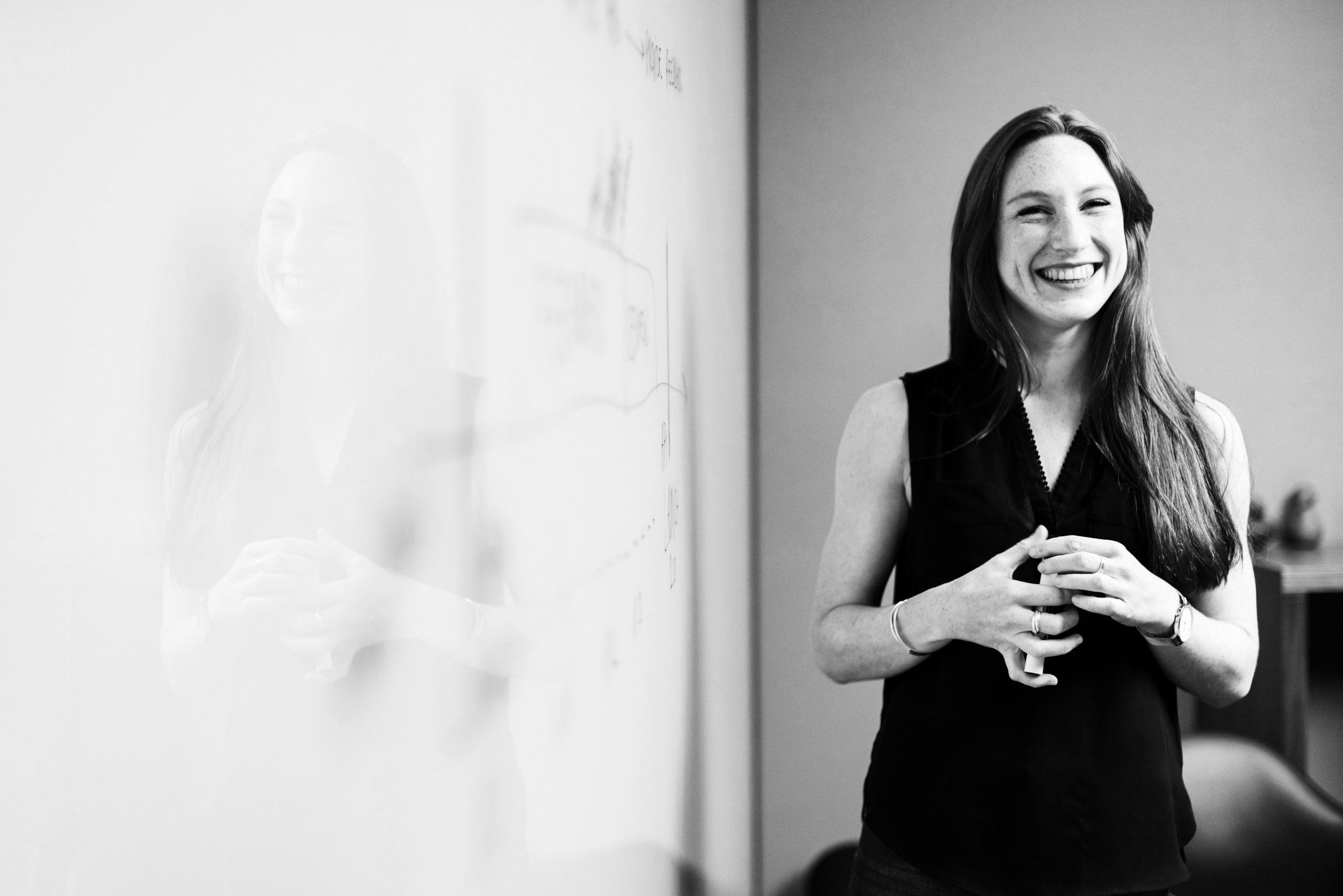We don’t do L&D-sanctioned,
corporate-sanitized workshops.
We’re not skill stackers or module makers.
WE RUN
CRUCIBLES.
Live experiments and films
you feel in your bones.
Rewiring instincts built for
speed, scale, ambiguity, chaos.
Real time dialogue and debate
for high-intensity work that
breathes and bites back in meeting
X.
We don’t just teach the laws of gravity.
We forge them.
Crucible (n.): a place where concentrated forces interact to cause or influence change.


1. Play big, stay small.
What breaks.
Most people think confidence comes from experience, talent, belief. It doesn’t—at least not under pressure.
When the stakes are high, you don’t act on what you know. You act on what’s wired.
Split-second decisions fire up to seven seconds before you’re even aware of them. That’s why experts still freeze. It’s not a skill gap. It’s a wiring gap.
And power? It rewires relevance. Titles, IQ, status quiet the empathy circuits. You don’t even notice you’re off. Everyone else—markets, clients, teams—do.
What we build.
We tested it. In a high-pressure task, people primed with humility outperformed those primed with confidence by 17%. Why? Because humility doesn’t fake certainty. It stays responsive. Ego gets rigid. Insecurity fades.
Old confidence models say competence feeds confidence—get good, get confident.
If that were true, the most experienced people would be the most unshakable. They’re not.
Confidence built on past success collapses when the future stops matching it.
Watch the competitive power of play big, stay small.
Let’s see if it fits in 15 mins. No pitch.


2. Wake the incurious, See the invisible.
What breaks.
Most people think they’re reading the room. They’re actually reading themselves.
They don’t feel it happening. They just feel sure.
In one study, chair texture and beverage temperature shifted how people rated trust, power, and credibility—without a single person noticing.
And the kicker: The better you know someone, the worse your guesses about what they’re feeling.
We surveyed over 8,000. Most orgs are driven by expertise, not curiosity. And when certainty rules, you stop asking and seeing.
What we build.
Law Two builds pattern disruptors, not just question-askers.
The curious don’t flood the room with noise. They tune to signal.
The hidden keyholes, coded language. The moment someone almost says what matters.
This isn’t surface curiosity. It’s trained attention under pressure.
They don’t collapse under doubt. They hold it. When they speak it’s not to clarify.
It’s to shake the floorboards.
The intensity of curiosity in our culture is: *From our 8,374 person, 477 team culture and chemistry survey.


3. Seed hurricanes, hunt for truth.
What breaks.
Truth doesn’t show up on a slide. It shows up in a spark.
But most rooms are built to avoid the spark.
People showcase. Align. Protect. Friction gets labeled dysfunction. Curiosity gets filtered for tone. Approval becomes the goal. And when everyone’s nodding, no one’s leading.
Smart people shut down the truth by accident—because the more intelligent we are, the more polished our spin.
We don’t even know we’re resisting. We just say things like: “Let’s take that offline.” “It’s not the right forum.” “Can we reframe this later?”
Creative friction dies. Real insight never enters the room.
What we build.
Law Three builds truth-seekers under tension.
People who don’t just tolerate conflict—they know how to use it. They provoke. Not for ego. For signal.
They listen past the surface. They ask the question no one else will touch.
They don’t spin. They pull. And when the room gets tight they don’t back off because they know the truth isn’t discovered gently.
You have to jolt it in.
If someone goes a little against the grain to get to the “truth,” they get: *From our 8,374 person, 477 team culture and chemistry survey.

The elements of HUMAN
gravity.
Watch how we built it. And how to build yours.
Gravity moves rooms. And lives.
Deeper gravity, faster
impact.
Modern work is a sprint from one job or project to the next. Chemistry needs speed.
Clients improve the way they work at twice the speed of typical training. That’s because we start at the root of behavior: mentality.
How much better everyone gets at dialogue and debate, creative thinking, climbing steep learning curves, opening minds, solving wicked problems, etc.
effective
immediately.
37%>
Culture growth clients report.
120
Months in research, writing and building labs.
4.78/5
Rating of hard raters and smart skeptics.
14&50
Languages and countries published.
231K
People taught across the world, ballpark.
8,000/200
People surveyed/interviewed in our study.




















